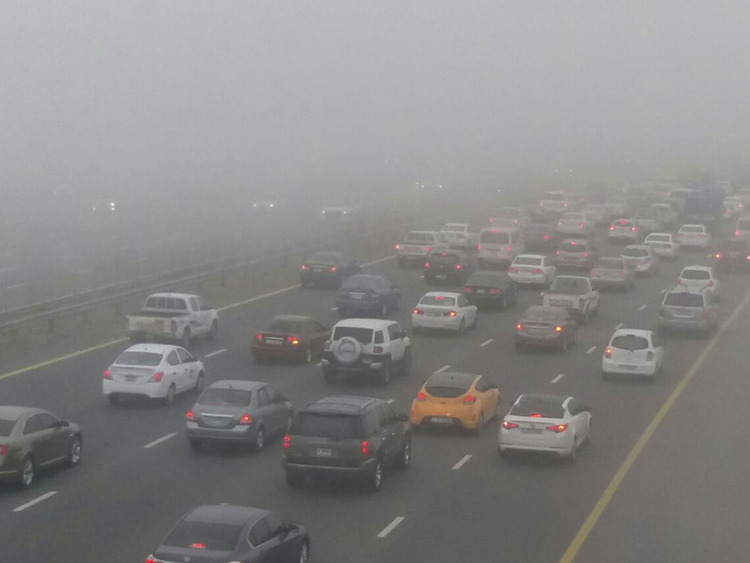 As the winter season is approaching, more accidents occur because the weather creates conditions that are unsafe for drivers to travel from one destination to another. During the months of October through February we experience more fog than usual because of the amount of water vapor in the air. Depending on the thickness of the fog, it causes severe accidents because drivers are not able to see vehicles ahead of them. For example, in late December a multi-vehicle pileup occurred in Lubbock, Texas.
As the winter season is approaching, more accidents occur because the weather creates conditions that are unsafe for drivers to travel from one destination to another. During the months of October through February we experience more fog than usual because of the amount of water vapor in the air. Depending on the thickness of the fog, it causes severe accidents because drivers are not able to see vehicles ahead of them. For example, in late December a multi-vehicle pileup occurred in Lubbock, Texas.
According to CNN, on the day of the accident Lubbock was under a dense fog advisory warning causing a mile or less of visibility. The accident started as a two-car crash on Highway 84. As police were investigating the car crash, an 18-wheeler jackknifed and slid into the car crash scene to avoid colliding with a red SUV that changed lanes in front of the 18-wheeler. As the 18-wheeler lost control of the truck, the truck swerved off of the road, rolled on its side, and struck several vehicles as the truck was coming to a stop. Multiple officers and individuals were on the side of the highway when the 18-wheeler was coming to a stop, but luckily, the truck only hit two individuals. The individuals were taken to a nearby hospital for treatment. Furthermore, CNN reported that in total, there were a total of five crashes that involved four semi-trucks and four smaller vehicles.
As stated above, fog can cause more accidents because of the lack of visibility. The Texas Department of Transportation reported a statistic in 2016 that revealed 2,430 reported accidents due to fog. Among those accidents, there were 45 fatalities. Although fog is a hazard that is out of our control, there are some skills one can keep in mind as they maneuver their vehicle through these special weather conditions.
Some of the ways a driver can increase their safety on the road is to plan a time to travel during a time that avoids this type of weather condition. If that is not possible, then try to drive with ample space between the driver in front and the driver behind you. Other helpful tips to consider would be the following:
1. Use low beam lights versus high beam lights. High beam lights are not helpful because they reflect light and can reduce one’s ability to see further ahead.
2. Always eliminate distractions as much as possible. Some distractions to avoid would be to turn down the radio, stay off of the cellphone, and make sure passengers do not do anything to inflict stress on the driver.
3. Third, slow down on the road. One of the reasons the 18-wheeler crashed into the vehicles is because of the speed he maintained. If the fog is heavy in certain areas, it is imperative to drive at a slower speed so one does not experience a crash similar to the Lubbock accident.
If you experience a horrible accident due to weather conditions, please contact our office so we may inform you how our firm can help you with this matter. Eric Reyes and his litigation team have handled many cases with distracted drivers and bad weather conditions; thus, he is knowledgeable on how to pursue a client’s case. He is a Board Certified attorney in Personal Injury Trial Law and Civil law, so his experience with auto accident litigation can help one determine the value of their case. For further information or how to set up a consult, please give our office a call at (817) 332-1522.
 Fort Worth Injury Attorney Blog
Fort Worth Injury Attorney Blog

